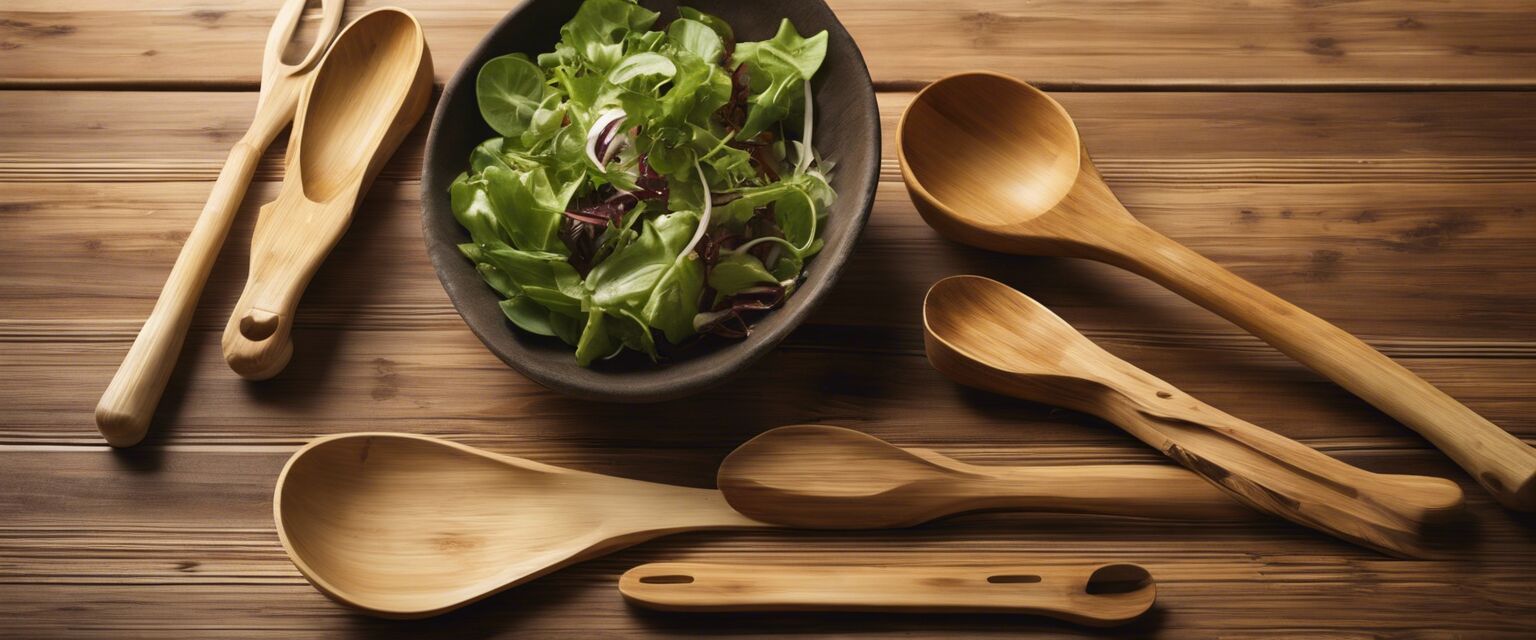
Water-Saving Kitchen Solutions
Key Takeaways
- Adopting water-saving technologies can significantly reduce your utility bills.
- Implementing simple habits in the kitchen can lead to substantial water conservation.
- Investing in quality appliances pays off over time through savings and sustainability.
With the rising concern for our planet and the increasing cost of utilities, finding water-saving solutions in the kitchen has become more crucial than ever. In this comprehensive guide, we will explore various devices and practices that can help you save water without sacrificing performance. From low-flow faucets to smart dishwashers, the options are abundant and effective!
Importance of Water Conservation
Water is a precious natural resource, and conserving it leads to various environmental benefits. By using water-saving devices and adopting sustainable practices in our kitchens, we can significantly reduce our environmental impact while also cutting down on our water bills.
Water-Saving Devices
1. Low-Flow Faucets
Low-flow faucets are designed to reduce water flow without compromising water pressure. This means you can maintain the efficiency of your tasks while using less water. Here are some benefits:
Pros
- Reduces water usage by up to 30%.
- Can save you money on utility bills.
- Easy to install with standard plumbing tools.
Cons
- May have a slightly higher upfront cost.
- Some models might require adjustments to get used to the flow rate.

2. Smart Dishwashers
Modern dishwashers now come with smart features that optimize water usage. They can detect the size of the load and adjust the water needed accordingly. Consider the following benefits:
Pros
- Use significantly less water compared to washing dishes by hand.
- Energy-efficient, which can lower your energy bills.
- Often come with options to clean dishes more effectively.
Cons
- Higher initial investment required for smart models.
- Dependence on electricity to operate.

Water-Saving Practices in the Kitchen
While devices can make a significant impact, small changes in our daily habits can also contribute to major water savings. Here are some practical tips:
- Fill your sink: Instead of running water while washing vegetables, fill a bowl or sink with water.
- Shorten your showers: Although itâs part of the bathroom, consider how long you let the water run before you step in.
- Turn off the tap: When you are washing your hands or brushing your teeth, turn off the faucet.
- Use a bowl for washing: When rinsing dishes before they go into the dishwasher, use a bowl to limit water usage.
- Keep a pitcher of water: Instead of running the tap for cold water, keep a pitcher in your fridge.
Tips for Beginners
- Start with one change at a time - maybe begin with a low-flow faucet.
- Get your family involved in water conservation practices.
- Track your water usage to see the impact of your changes.
- Educate yourself on your local water resources and restrictions.
Table: Water-Saving Devices Comparison
| Device Type | Water Savings | Initial Cost | Energy Efficiency |
|---|---|---|---|
| Low-Flow Faucet | Up to 30% | Moderate | No impact |
| Smart Dishwasher | 50-70% | High | High |
Final Thoughts
Saving water in the kitchen is not only about purchasing the latest devices, but it's also about adopting a mindful approach to how we use this essential resource. By integrating water-saving devices and practices into your daily routine, you can both conserve water and enjoy savings on your bills. Don't forget to explore more options in our Energy-Efficient Appliances section and learn how switching to recycled materials can further benefit your kitchen's sustainability efforts.












